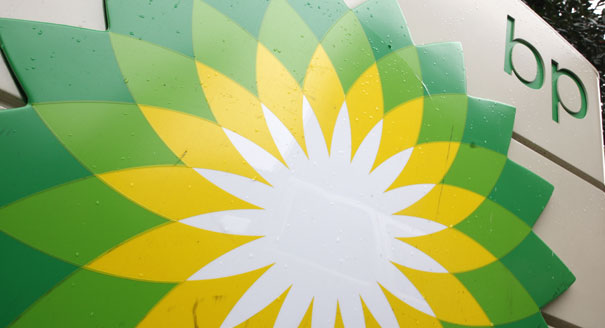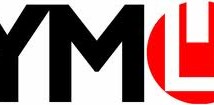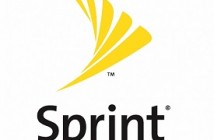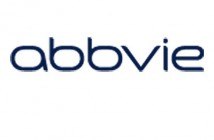BP PLC (NYSE: BP) announced last year that it will dispose of auxiliary assets, which will generate $10 billion for the company.
Typically, this move would have been expected from financially stronger companies in the gas and oil industry, such as Exxon Mobil (NYSE: XOM) or Chevron (NYSE: CVX). It is difficult to compete in this industry because of the huge swings in the prices of the commodities and the lack of differentiation between the products that each company sells. However, integrated oil companies still pull in a significant amount of cash and payout sky high dividends to shareholders and repurchase shares.
Ever since the spike in oil prices in 2001, BP’s performance has fallen behind that of Exxon Mobil and Chevron. This is largely due to the Deepwater Horizon Oil spill in 2010. As of May of 2014, BP’s yields 4.9% in dividends, an increase of 2.6%. On the other hand, Chevron grew 7% that month and Exxon Mobil increased by 9.5%.
Russian Sanctions
In late July, the United States and the European Union imposed sanctions against Russia over the Ukraine crisis. It is important to note that BP has a 20% stake in Rosneft (OTC: RNFTF), a giant energy company in Russia that majority owned by the Russian government. At the time, BP warned that these sanctions would erode its relationship with Rosneft, and would adversely affect its business and strategic goals in Russia.
Last year, BP sold its 50% stake in TNK-BP to Rosneft in exchange for the 20% of Rosneft it currently holds. As a result of the foreign exchange effects, the Russian integrated energy company’s replacement cost profit increased by almost four times.
Along with its quarterly results, BP also announced that the United States Office for Foreign Assets Control brought sanctions upon certain entities in Russia, Rosneft being one of them.
So far, these sanctions have not had an impact on BP’s operations. However, investors are getting nervous and have expressed that through the company’s share price, which has dropped 10% since July 16th, when the sanctions were first published.
It seems that this reaction from investors was inappropriate and in excess. Recently, Exxon Mobil announced a partnership with Rosneft to drill for oil in Russia’s Artic region, despite the sanctions against Russia and Rosneft.
Last Quarter
In the most recent quarter, BP appears to be headed upwards. The company’s underlying replacement cost operating income in the second quarter of 2014 grew by 9.25% from the second quarter of 2013. BP Upstream is BP’s largest division, and its underlying operating profits before taxes increased by 8.55% year over year.
In the first quarter of 2014, BP Upstream launched three new projects – the Chirag Oil project in Azerbaijan, and the Mars B and na Kika Phase 3 projects in the Gulf of Mexico. These ventures helped contribute to the company’s growth in operating profit in the second quarter of 2014.
BP Upstream announced a goal to divest $10 billion of assets by the end of the 2015 fiscal year. As part of that process, the company announced that it had divested $3 billion in total so far. This divestment includes the selling of package of assets in Alaska to Hilcorp, which would allow BP to focus on maximizing Prudhoe Bay production and moving along the Alaska LNG opportunity. BP will also sell its stake in the Texas Hugoton and Panhandle West gas fields to Pantera Energy. In the North Sea, BP will sell its equity stake in the Erskine Field to Serica Energy, and it will lease its 17 deep water exploration units in the Gulf of Mexico to Noble Energy.
BP Downstream
The underlying replacement cost operating income for BP Downstream was $733 million, and fell by 38.4% year over year in the second quarter of 2014. This decline was due to the company’s slipping grip in its fuels, petrochemicals, and lubricants businesses.
BP Downstream Fuels’s underlying replacement cost operating income fell by 39.5% year over year as a result of lower margins and withdrawn contributions from trading and supply. However, the return to operations of the refinery in Whiting, the company’s largest crude oil refinery, helped to offset this loss.
BP Downstream Petrochemicals’s underlying replacement cost operating loss increased from $24 million in the second quarter of 2013 to $98 million to the second quarter of this year. This was due to the excess supply in Asia and rising prices of xylene in the United States, which dragged down the product margins.
As for BP Downstream Lubricants’s underlying replacement cost operating income, it fell by 15% year over year, as a result of restructuring projects and effects from foreign exchange. This branch of the company plans to improve performance from its premium brands and focus its efforts on markets with high growth rates.
Overall
In conclusion, BP has a strong dividend yield of 4.9% and has just recently increased its dividends. The company plans to sell $10 billion of its non core assets. Investors should keep in mind the sanctions against Russia and the possible effects it could have on BP’s operations. While BP has bounced back considerably from three years ago, it still has a long way to go before it reaches the heights of Exxon Mobil or Chevron.





Pingback: 2specifically
Pingback: tanfoglio schusswaffen
Pingback: ติดตั้ง ais fiber
Pingback: จดทะเบียน อย
Pingback: useless Tor sites
Pingback: สมัครเว็บตรง168
Pingback: Japanese webcams
Pingback: slot true wallet เว็บตรงโบนัสแตกง่าย
Pingback: ghost disposable vape
Pingback: ทัวร์ต่างประเทศ
Pingback: 纸飞机下载
Pingback: BAU4IQ1
Pingback: cams
Pingback: JETSADABET เว็บหวยเจ้าแรกของไทย 10 ปี
Pingback: meetang168
Pingback: https://www.theteams.kr/stack/news_view/GraphCMS/235
Pingback: jili slot
Pingback: обман
Pingback: สปินฟรี
Pingback: Blub
Pingback: Family Lotto เว็บหวยออนไลน์ จ่ายบาทละ 1000 มีหวยทุกรูปแบบ
Pingback: tokped777
Pingback: essentials fear of god
Pingback: Ir al sitio web
Pingback: Mostbet yukle
Pingback: pg168
Pingback: เว็บปั้มไลค์
Pingback: เด็กเอ็น
Pingback: ตรวจสอบสลิปโอนเงิน
Pingback: ufabet789
Pingback: ปลูกผม FUE
Pingback: nomad casino games